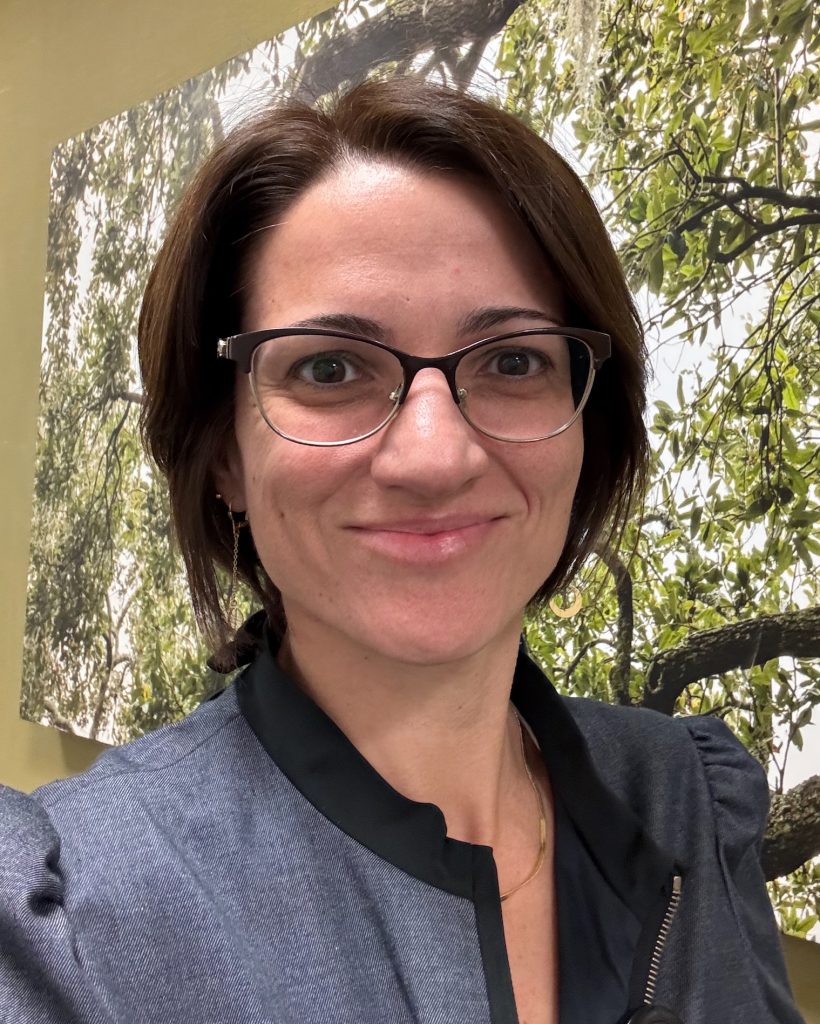When she started medical school in her native Brazil, Isabel Cortopassi, MD, stood out. She was 16 years old.
Brazil allows students to start medical school as soon as they graduate high school. After getting moved ahead in elementary school, Dr. Cortopassi had a jump on most classmates.
“There was another person in my med-school class who was a month younger than me, but aside from us, everyone was a year and a half or two years older,” she said.
After completing her education and training in Brazil, including internal medicine and diagnostic radiology residencies, Dr. Cortopassi realized her dream of moving to the United States. Completing a goal she had made at age 15, she came to the U.S. for a residency at Brigham and Women’s Hospital in Boston, where her sister was working. The move allowed her to begin required U.S. training through the four-year International Medical Graduate (IMG) Alternate Pathway, starting as a research fellow.
Relocating to the U.S. kick-started her career. She’s now a professor and vice chair of education in the department of radiology at the Mayo Clinic College of Medicine and Science in Jacksonville.
“Brazil has a lot of natural resources and it’s a great place,” she said. “But it wasn’t where I saw myself raising a family properly. I met my husband during my internal medicine residency (in Brazil). He was in pulmonary medicine and had the same mindset. So, we said we’re going to go.”
Dr. Cortopassi met former ABR Trustee Sanjeev Bhalla, MD, when she was a fellow at Brigham and Women’s. She found him to be a great mentor and a person she could trust when making career and life decisions.
“I’ve been through different positions like section chair, associate program director, and vice chair of education,” she said. “Every time I found myself thinking about doing something with my career or wondering if I should move to another place, he’s the person I would talk to. He’s been guiding my professional life the whole time.”
There were other lessons to learn when she arrived in Boston. Brazilian norms include shaking hands and kissing visitors on the cheeks. Dr. Cortopassi quickly discovered that Americans often don’t operate the same way.
“I’m very warm and I touch,” she said. “I had to learn the customs here. I had two great people at the (Brigham and Women’s) 3D lab who gave me tips on what to do.”
After finishing her training, she volunteered with the ABR as a question writer and, eventually, became a committee chair. Last month, Dr. Cortopassi became the ABR Trustee for cardiothoracic imaging.
She credits Dr. Bhalla with inspiring her to pursue a spot on the Board of Trustees (BOT). He reached out to her two years ago to gauge her interest based on his confidence in her abilities.
“I was drawn to her enthusiasm,” Dr. Bhalla said. “When I saw how much she motivated others, I knew she was a natural leader in our field. I just opened the door so she could spring into action.”
After finishing the IMG Pathway on the way to earning board certification in 2010, Dr. Cortopassi is in a unique position on the Board: She’s the first BOT member to use the pathway, giving her a different viewpoint on the Initial Certification experience.
“You want every type of trainee represented on the group that is shaping how we are going to examine candidates and make sure the process is appropriate,” Dr. Cortopassi said. “My path to becoming a board-certified radiologist was different than that of U.S.-trained physicians, so I believe I can add a different perspective to the other Trustees, particularly in relation to certifying trainees through the four-year pathway.”
During their first BOT meeting last month, Dr. Cortopassi and the other new Trustees spent much of their time observing and getting accustomed to working with a group that includes representatives from all four specialties certified by the ABR.
“It was incredibly valuable listening to and learning from each other, getting their perspectives and what’s important for them,” she said. “We work with physicists and other physicians, but I had obviously never had them on my (diagnostic radiology) certifying committee. It was very eye-opening.”
Being a Trustee is a new experience, but Dr. Cortopassi has long understood the ABR’s mission. She’ll just have a bigger impact on the process now.
“As everybody else does, I want to make sure that diplomates have the knowledge and skills that are needed to take care of patients,” she said. “That’s the ultimate goal.”



